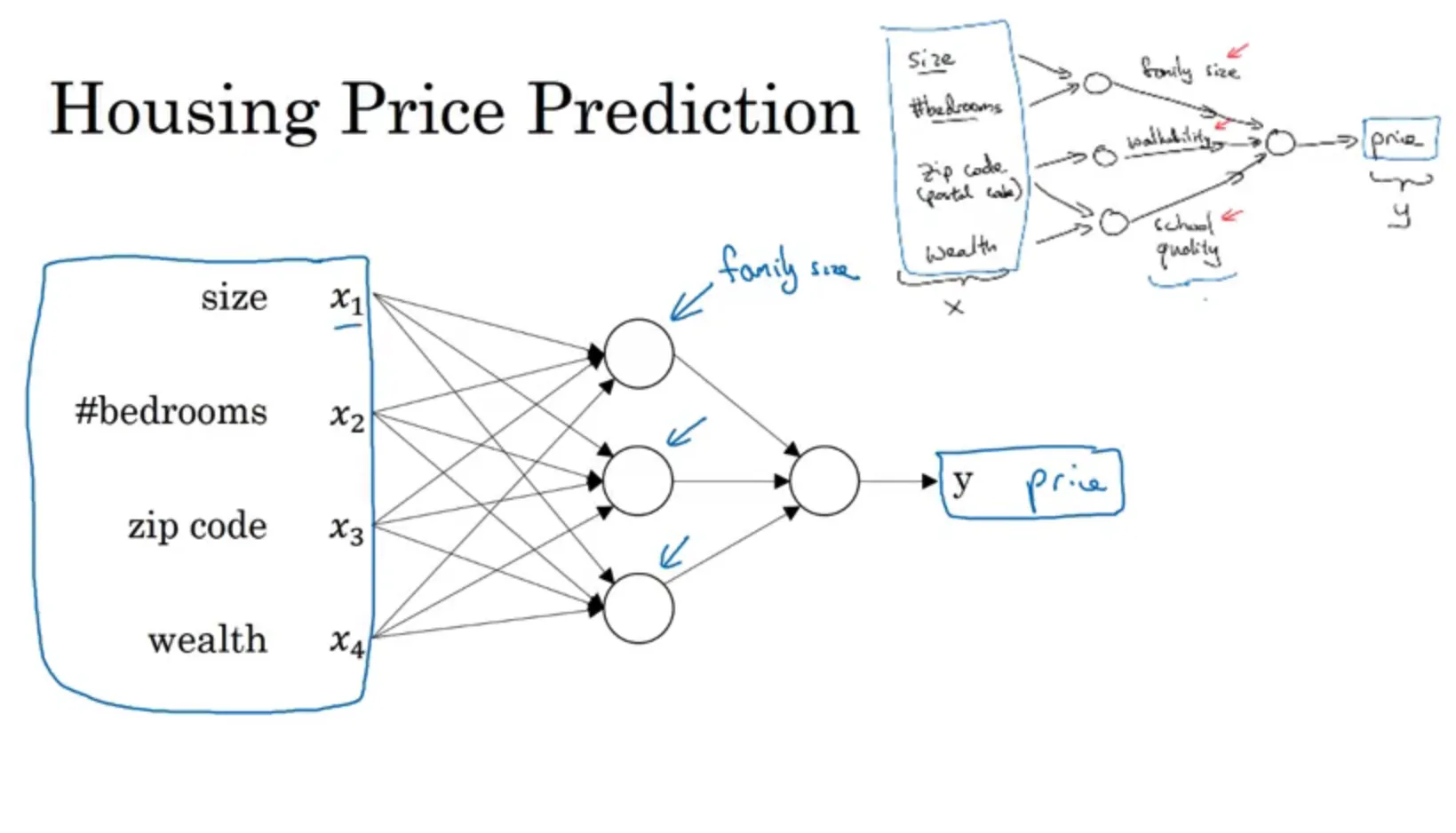Introduction to Artificial Neural Networks
What is an Artificial Neural Network? This article will explain it from three aspects: concept, intuitive example, and applications.
1. Concept
Artificial Neural Network (ANN), also called Neural Network (NN) or neural-like network, is a mathematical model that mimics the structure and function of biological neural networks. It consists of a large number of neurons connected for computation. In most cases, artificial neural networks can change their internal structure based on external information, making them adaptive systems. Simply put, they have learning capabilities. Modern neural networks are nonlinear statistical data modeling tools.
Neural Network Structure
-
Input Layer: Many neurons (Neurons) receive numerous nonlinear input signals. The input signals are called input vectors and represent the raw input data.
-
Hidden Layer: The main structure. Different neural networks mainly differ in how the hidden layer parameters are adjusted. Each neuron in this layer transforms the given input data into outputs.
-
Output Layer: Outputs the results.
2. Intuitive Example
In the what-is-a-neural-network Stanford University Neural Network open course, there is a simple example about predicting house value.

As shown in the figure, the input consists of four parameters about the house: house size, number of bedrooms, postal code, and wealth level. The first layer neurons receive the same parameters, but their outputs are different. For example, the top neuron maps to the number of family members, so its relationship with postal code and wealth level is relatively smaller compared to size and number of bedrooms. Accordingly, weights for X1 and X2 are larger, while weights for X3 and X4 are smaller. Thus, the outputs of the first layer neurons are all different.
The outputs from the first layer serve as inputs to the second layer. The second layer neurons have three input parameters and produce output Y through a transformation function. During this process, the detailed weights and biases for each input are automatically adapted through learning. What we need to do is set the number of network layers, number of neurons, and transformation functions, and then provide enough data. The neural network will automatically learn and predict the house price based on the given conditions.
3. Applications
Neural networks are basically used in supervised learning. The table below describes related application examples in detail.
| Input | Output | Application | Neural Network Type |
|---|---|---|---|
| House Features | Price | Real Estate Prediction | Standard Neural Network (NN) |
| Advertisement, User | Click or not | Ad Recommendation | Standard Neural Network (NN) |
| Image | Category | Image Recognition | Convolutional Neural Network (CNN) |
| English Text | Chinese Text | Translation | Recurrent Neural Network (RNN) |
| Image, Radar | Other Vehicle Positions | Autonomous Driving | Hybrid Neural Network (Hybrid NN) |
Different Visual Representations of Neural Networks

Summary
This article is an introductory understanding of artificial neural networks, covering the composition of neural networks and the application scenarios for various types of neural networks.
- 原文作者:春江暮客
- 原文链接:https://www.bobobk.com/en/90.html
- 版权声明:本作品采用知识共享署名-非商业性使用-禁止演绎 4.0 国际许可协议进行许可,非商业转载请注明出处(作者,原文链接),商业转载请联系作者获得授权。